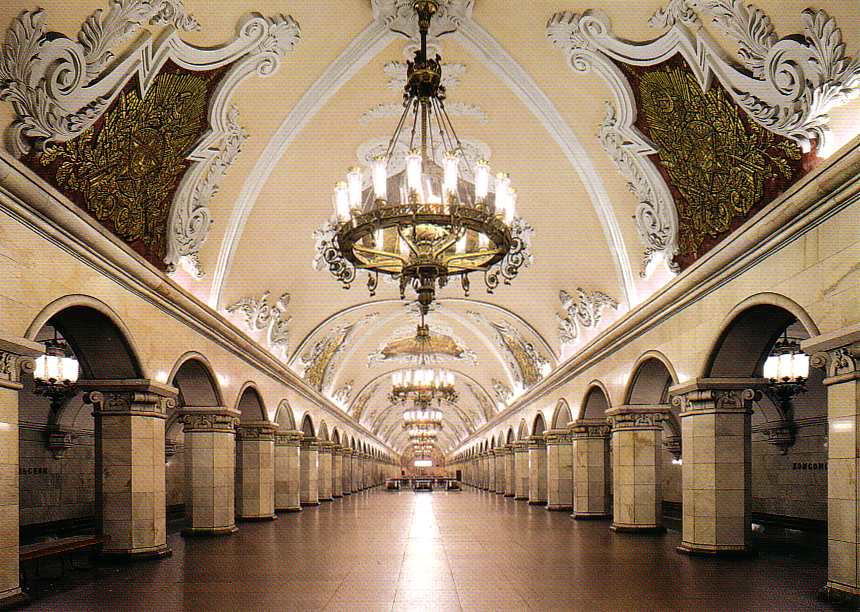Day 5-8: Moscow, Russia
Day One: Arrival from St Petersburg
 |
| Komsomol Metro Station, Moscow |
 |
| Red Square, Moscow |
 |
| Fountains in the River Moskva |
Day Two: Lenin’s Mausoleum, Christ the Saviour Cathedral and Arbat Street
 |
| Lenin’s body, Moscow |
 |
| Christ the Saviour Cathedral, Moscow |
 |
| Arbat Street |
Day Three: Sergiev Posad
 |
| The monastery complex |
 |
| '76 kilometer station’ |
 |
| The Bell Tower (left) and Assumption Cathedral (right) |
 |
| Drinking holy water |
Day Four: The Kremlin
 |
| Trinity Tower, The Kremlin |
 |
| Palace of Congress, The Kremlin |
 |
| The Bell Tower and Cathedral of Archangel Michael |
 |
| The Tsar Cannon (check out the cannon balls) |
 |
| GUM department store |
 |
| The old KGB headquarters |





0 comments